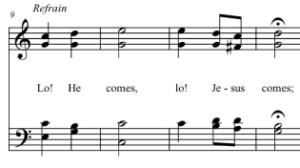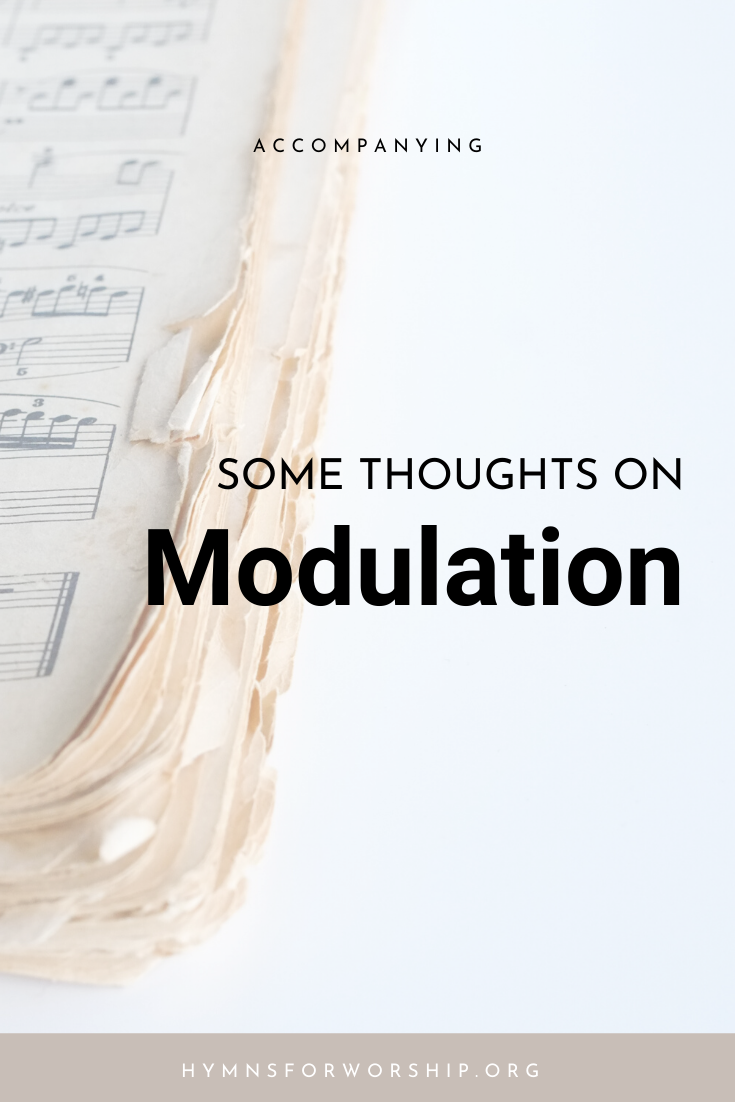When I think of modulation in congregational hymn-singing, I think of icing.

Lately, I have been investing several of my Friday afternoons into baking cupcakes and muffins. I never bothered so much about making the icing though. Sure, it makes the cupcakes look nice and shapely, making them stand proud, straight and tall. But the thought of eating all that sugar make me cringe, a feeling that trumps most of the time.
One afternoon, I was leafing through a cookbook and saw one particular cupcake. I proceeded to make the batter and in the oven it went. I took a second look at the picture. Hmm, it seemed such a shame for it to be de-iced. I checked the icing recipe. Hmmm…didn’t require that much sugar at all. Hey, why not.
Icing was somebody’s idea of beautifying a cake, making it more attractive and shapely. It gives you that irresistible feeling of wanting to eat the cake, ergo cupcake.
Modulation can be like that.
Nah, we don’t need it all the time. Some hymns can stand on its all on its own and still sound wonderful. But once it’s there, it does give the singing a sense of importance, grandeur, and sublime beauty.
Have you had to eat icing by itself? Without the cake? I did. And it made me sick. Had sore throat for three days and any shadow of a thought relating to sugar made me puke.
Modulations can be like that as well.
Use it too much, and it becomes superfluous, bland, redundant, or worse, sickening.
I attended a campmeeting in LA and the theme song was Watch Ye Saints (SDAH 598). For those who are familiar with this hymn, you may very well know that the transition to the refrain can be challenging.
This part:

But as challenging as it is, that High E happens twice in each stanza, and it’s okay because it provides a nice climax to the hymn. It also highlights the urgency and excitement one feels when singing about Christ’s second coming.
The piano accompanist did a really good job of making the song sound lively and interesting, but alas, one big mistake. A whole-step modulation at every stanza.
The hymn has five stanzas, and by the time we reached singing the 5th, guess what note we were trying to shriek out of our poor lungs? A high B!
It was all sickeningly too high.
Professional sopranos and tenors would probably like to have that challenge. But a regular congregation, whose singing range is already straining it at a high E, would probably just rollover and play dead.
And that’s precisely what happened. Everyone else was ok singing the first section of the song, but as it got higher and higher, the singing stopped.
The pianist just killed congregational singing.
So, should we modulate or not? Yes! But please, use it sparingly, judiciously, and thoughtfully.
Like this article? Share it!

